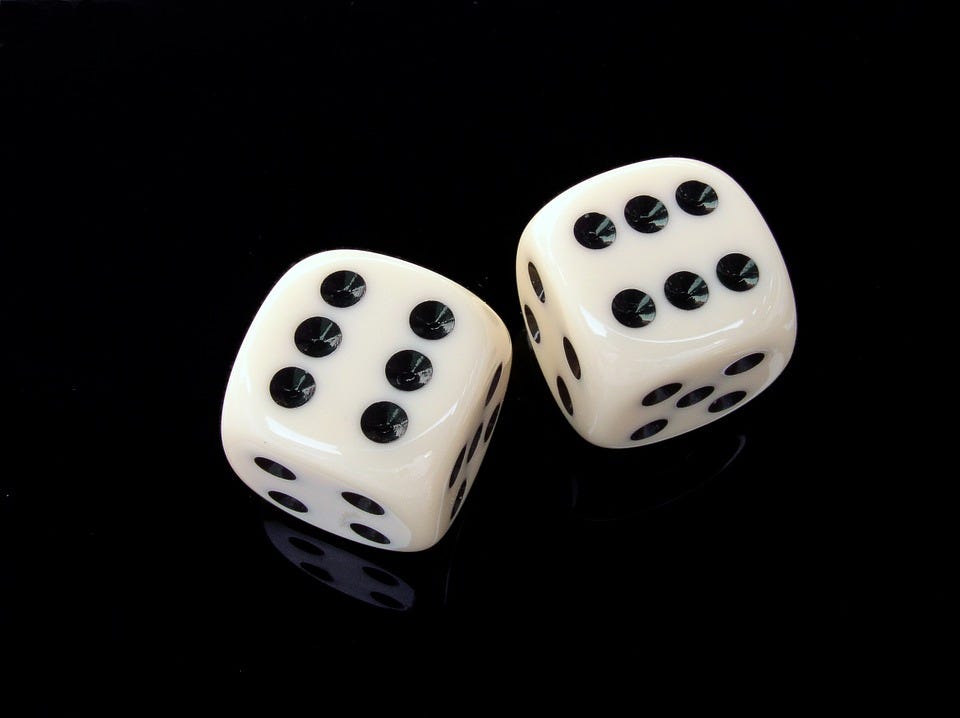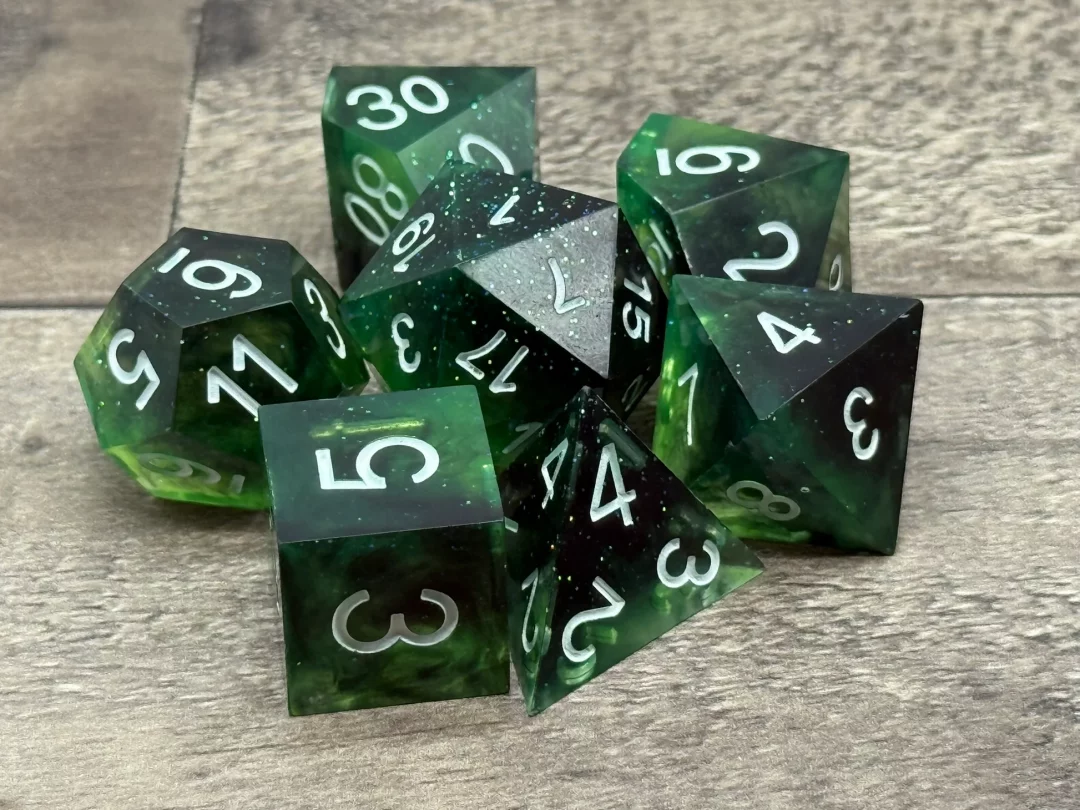So recently I wrote a post regarding an idea I had for dice mechanics in my upcoming game. It was highly influenced by “Powered by the Apocalypse” dice mechanics, but tweaked significantly for what I was doing. In the moment, I thought it was a pretty cool idea, and so I just had to put it down in a project post.
Have you ever heard the term “swingy” in reference to dice mechanics? It usually isn’t a compliment, as it refers to a dice system that results in a very wide range of results, making the game feel less precise, and the characters feel less heroic as a result. Their actions just don’t seem like how they should work.
Well, my idea was pretty much the epitome of “swingy”, especially with the attribute that used three dice. After some testing, the single die attribute failed a lot, but that was the point, for it to feel like a liability. The hero’s “weak spot”, so to speak. The attribute with two dice was better off, and in my testing rolled at least a partial success most of the time, but it still felt mediocre overall, at least to me.
Then there was the attribute with three dice.
Did it roll well? Sure, but not always. The average was still roughly a 4 overall, and with three of them, that was a good result. But three dice can be swingy, and that average drops quickly if you’re having dice that won’t cooperate.
In the end, it doesn’t matter how many dice you use, in my opinion. If you focus too much on the pool of dice, and not the scale of results, then you’re setting your game up for failure. So, what should I do now? Well, I’m still looking at using a modified PbtA system, rolling two dice and adding a modifier based on what attribute is being used. 6 and below is a failure, 7-9 is a partial success (complication), and 10 and above is a full success.
Since I’m using only three attributes (Mind, Body, & Spirit), as opposed to the five attributes that is common in PbtA games, I plan to let players distribute the following scores to their attributes when they start a new character: +1, 0, and -1. Not a lot of range there, I know, but this will keep the results a lot less swingy, while giving the players lots of room with which to improve. I’m going to cap each attribute at +3, and +1 modifiers can be bought when that character chocks up 10 failed rolls with that attribute. Conversely, for only 5 points they can buy a new ability from their playbook, or with 10 they can change to a new playbook entirely.
It’s a classic “fail forward” system, although more points on the failure scale are required to upgrade than in most PbtA games, to account for the fewer number of attributes that can be upgraded. Simple, easy.
So with all of that out of the way, I can start thinking about Playbooks and their associated abilities, as well as the setting. I have a basic idea of what I want to do (inspired by the “Dungeon Crawler Carl” books by Matt Dinniman, as well as other sources), but it needs a lot of fleshing out. I mean a lot, but I’ve got time.
Anyway, I’ll be trying to stick with the ideas given in “Simple World” a bit more closely in the future. Why ignore such a valuable resource?





